I've the following view defined into myCustomDatabase:
CREATE VIEW myCustomDatabase.dbo.myView AS
SELECT job_id FROM msdb.dbo.sysjobhistory
myCustomDatabase's owner is sa.
My current user (called currentUser) has only the db_reader role on the myCustomDatabase.
guest is enable on msdb database.
When I execute the view I get the following error:
The SELECT permission was denied on the object 'sysjobhistory', database 'msdb', schema 'dbo'.
I understand that my current user has no role defined on the system database.
Which role/authorization should I give to my current user to allow him to execute the view (which contains only one column of the system's one), but not give to him full access to the table.
To resume the following view should work when called with currentUser:
CREATE VIEW myCustomDatabase.dbo.myView AS
SELECT job_id FROM msdb.dbo.sysjobhistory
, but not the following query:
SELECT * FROM msdb.dbo.sysjobhistory
Edit : viewable tables in MSDB

Edit2 : My SQLServer version is 2008